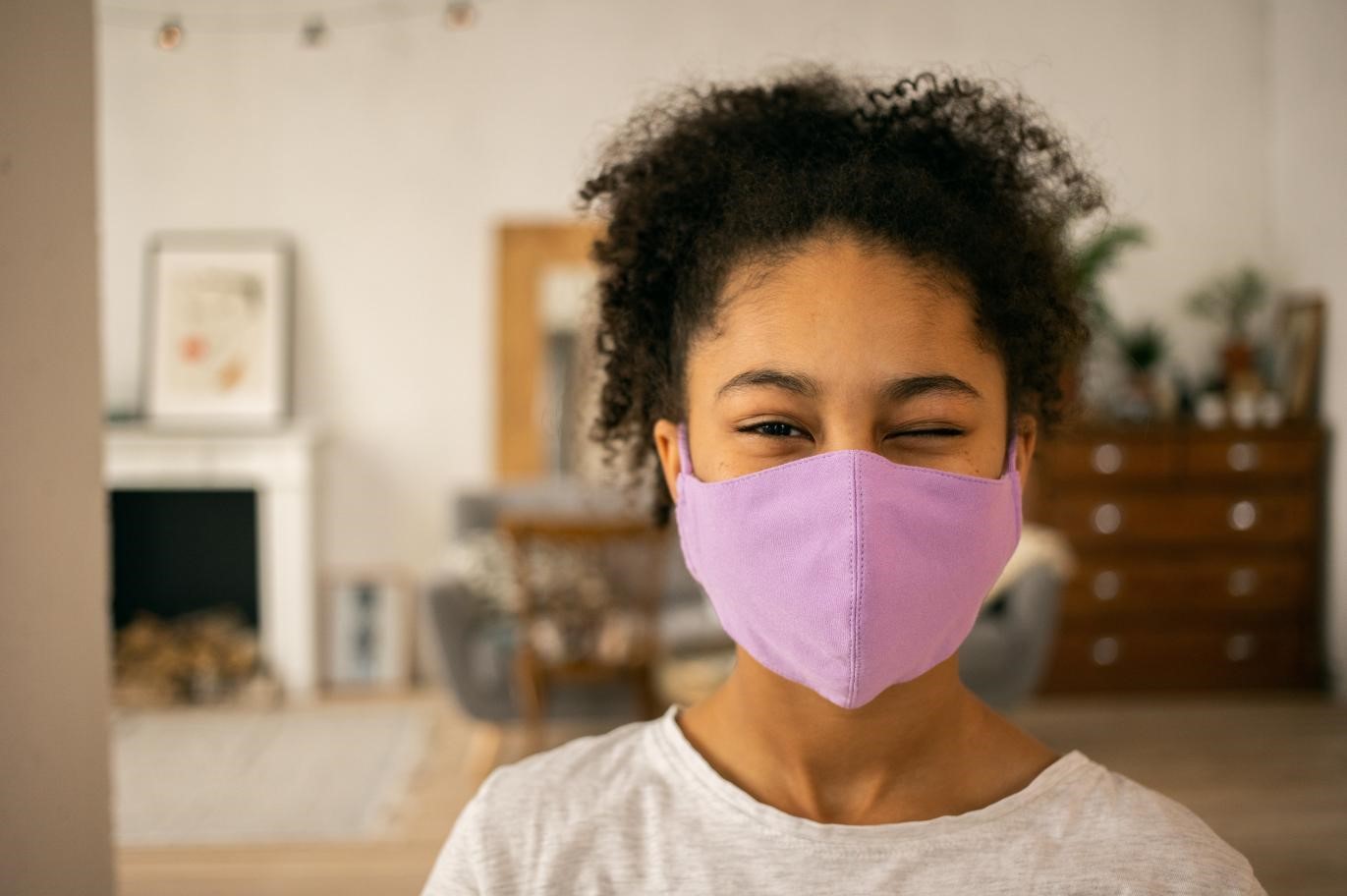The COVID-19 virus, which has infected and killed millions of people, continues to spread around the world. The lives of children and their families around the world have been upended by the COVID-19 epidemic.
During previous COVID-19 outbreaks, older people were more at risk of developing serious COVID-19 symptoms. According to a report from CDC, the median age of COVID-19 cases in the U.S. declined from 46 in May 2020 to 37 in July and 38 in August 2020. Nowadays, the Delta variant of Coronavirus seems to be impacting younger age groups more than previous variants.
Fewer cases of COVID-19 are reported in children aged 0-17 years globally compared with adults. According to a report by The Lancet, the global minimum estimate of children infected by COVID-19 is estimated to reach 1,134,000 children worldwide. (data from March 1st, 2020 to April 30th, 2021)
One of the possible solutions to curb the spread of the pandemic is carrying out COVID-19 testing for kids. In this article, we will discuss when kids should get tested for COVID-19. In addition, we will introduce some of the main testing solutions available for children.
When Should Kids Get Tested?
While children infected with 2019-nCoV are less likely to develop severe symptoms compared with adults, children are still at risk of contracting COVID-19 infection and spreading the virus to others. Though children show milder symptoms than adults, they may suffer from Multisystem Inflammatory Syndrome in Children (MIS-C).
MIS-C is a rare condition seemingly connected to COVID-19. This complication develops as a result of an undetermined immune dysregulation with an extreme inflammatory response. Numerous reports indicate that children with mild COVID-19 symptoms or asymptomatic still could develop MIS-C.
The significant proportion of asymptomatic infections in children makes symptom-based identification of possible infection even more challenging. COVID-19 hospitalization surveillance data in the U.S. shows a lower hospitalization rate of children compared with that of adults. However, hospitalization rates among children are increasing, leading to about 1 in 3 hospitalized children with COVID-19 symptoms in the United States who were admitted to the intensive care unit.
COVID-19 testing should be performed on children under at least one of the following circumstances:
1. Children who have shown signs or symptoms of COVID-19. Even if the symptoms are mild - like a sore throat or runny nose - they must undergo testing and stay at home.
2. Children who have been in close contact with a person infected with COVID-19. The CDC (Centre for Disease Control and Prevention) defines close contact as spending 15 minutes within six feet or direct physical contact (including hugging or kissing) with an infected individual. Children who are a close contact of COVID-19 should be tested irrespective of clinical signs and symptoms.
3. Children who have received an explicit request for COVID-19 testing from their local daycare or school.
4. Children who are required to travel. It would be safer to avoid non-essential travels. However, if traveling is essential, the CDC recommends COVID-19 testing for kids one to three days before and three to five days after the trip.
Do Vaccinated Children Need to be Tested?
COVID-19 vaccines are effective in protecting individuals against 2019-nCoV, but none of the available vaccines can provide 100% protection. For this reason, even after COVID-19 vaccination, there is some risk of getting infected with the virus. The severity of infection and chances of death declines after full vaccination. Therefore, children vaccinated who show symptoms of COVID-19 or are in close contact with an infected person should still undergo testing.
In regards to COVID-19 vaccination, the U.S. Centers for Disease Control recommends that all children aged 12 years or older should receive a COVID-19 vaccine. The U.S. Food and Drug Administration (FDA), the U.S. CDC, the European Medicines Agency (EMA) approved the use of the Pfizer vaccine for children aged 12-15 respectively in the United States and in Europe. Currently, no COVID-19 vaccine has yet been authorized or approved for use in children under 12. To know more about vaccination guidelines, we recommend following official government regulations in your area.
Different Types of COVID-19 Testing Options for Kids
Up to now, there has been no specific official protocol to follow regarding what kind of test should kids take. So, the COVID-19 testing options available can be performed on adults and children alike. The main three types of testing methods currently used include antigen tests, PCR tests, and antibody tests.
Rapid Antigen Test
COVID-19 rapid antigen tests allow for a rapid detection of fragments of proteins of the 2019-nCoV virus. This type of test is usually more accurate when performed in the first week after symptoms are first developed on children.
Rapid antigen tests for COVID-19 can be used for children of any age. As the name implies, the turnaround time for this type of test is relatively short.
Wondfo’s antigen tests can provide an instant result in 15 minutes.
PCR Test
The PCR test is regarded as the "gold standard" in the fight against COVID-19. PCR molecular testing is performed by taking a sample via nasal or throat swab. Then the sample is tested for the genetic material or RNA of 2019-nCoV. PCR testing is the most sensitive type of test as it detects the presence of the virus at any stage, even before exhibiting common COVID-19 symptoms. PCR tests need to be conducted in the laboratory and have a longer turnaround time than rapid antigen tests.
Wondfo’s PCR testing solutions are applicable to all major PCR detection systems.
Antibody Test
Antibodies are proteins produced as part of the body’s immune response to infection. Antibody tests detect whether the immune system produced antibodies against 2019-nCoV.
The sensitivity of antibody testing is relatively low in early phase of infection but is more effective as the infection progresses after symptoms onset.
Wondfo’s antibody tests are simple to use and offer instant results in 15 minutes. The tests adopt multiple sample types such as whole venous blood, serum, and plasma.
Conclusion
Pediatric healthcare providers and parents should consider the child’s unique circumstances, including symptoms, medical history, sick contacts, and close proximity to high-risk individuals. Despite not always being compulsory, COVID-19 testing is still recommended to diagnose infection with 2019-nCoV.
Since 1992, Wondfo has focused all efforts on the R&D, production, sales, and improvement of its leading POCT solutions. Founded in Guangzhou (China), we serve customers from over 140 countries and regions. Wondfo’s POCT solutions include but are not limited to COVID-19 rapid tests, infectious diagnosis tests, pregnancy tests, and chronic disease tests.
Click here to view more information about Wondfo’s latest
COVID-19 Diagnostic Solutions.
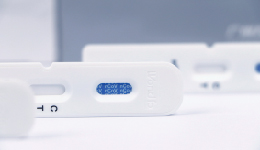 The first developed technology platform with various application scenarios, including infectious disease, fertility, DOA, etc.
The first developed technology platform with various application scenarios, including infectious disease, fertility, DOA, etc.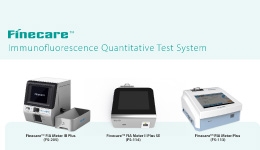 50+ kinds of reagents and five high-performance devices, focusing on detecting cardiovascular disease, inflammation, kidney injury, sex hormones, thyroid function, diabetes, tumor, and others.
50+ kinds of reagents and five high-performance devices, focusing on detecting cardiovascular disease, inflammation, kidney injury, sex hormones, thyroid function, diabetes, tumor, and others.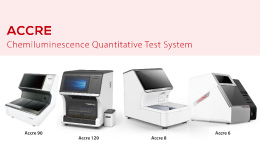 Single-dose Chemiluminescense Immunoassay Platform
Single-dose Chemiluminescense Immunoassay Platform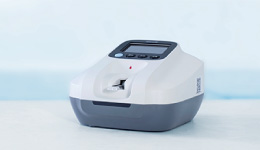 Wondfo optical blood coagulation analyzer is the first one in the world that can test PT, APTT, TT, FIB, and ACT simultaneously.
Wondfo optical blood coagulation analyzer is the first one in the world that can test PT, APTT, TT, FIB, and ACT simultaneously.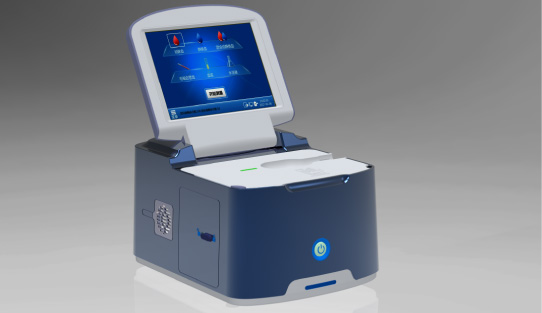 Our Blood Gas Analyzer BGA-102 can produce the result in 30s. Its advantages of portability, easy operation, durability, and high performance make it ideal for clinics, laboratories, and hospitals.
Our Blood Gas Analyzer BGA-102 can produce the result in 30s. Its advantages of portability, easy operation, durability, and high performance make it ideal for clinics, laboratories, and hospitals. Ready-to-use lyophilized RT-PCR Reagent;
Ready-to-use lyophilized RT-PCR Reagent;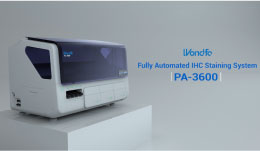 Wondfo PA-3600 IHC Staining System
Wondfo PA-3600 IHC Staining System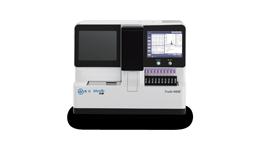 The Wondfo Truth-H80E HPLC Hemoglobin Analyzer is a high-performance diagnostic device designed for rapid and precise measurement of glycosylated hemoglobin (HbA1c)—the gold standard for diabetes diagnosis.It support the standard mode and variant mode and provide the result within 60-90seconds.
The Wondfo Truth-H80E HPLC Hemoglobin Analyzer is a high-performance diagnostic device designed for rapid and precise measurement of glycosylated hemoglobin (HbA1c)—the gold standard for diabetes diagnosis.It support the standard mode and variant mode and provide the result within 60-90seconds. This year, the summit will place a special focus on collaboration across different fields to explore the application of POCT and optimize clinical pathways. In the meantime, drive innovation by adoption of new technologies and biomarkers.
This year, the summit will place a special focus on collaboration across different fields to explore the application of POCT and optimize clinical pathways. In the meantime, drive innovation by adoption of new technologies and biomarkers. Finecare™ Vitamin D, from complexity to simplicity
Finecare™ Vitamin D, from complexity to simplicity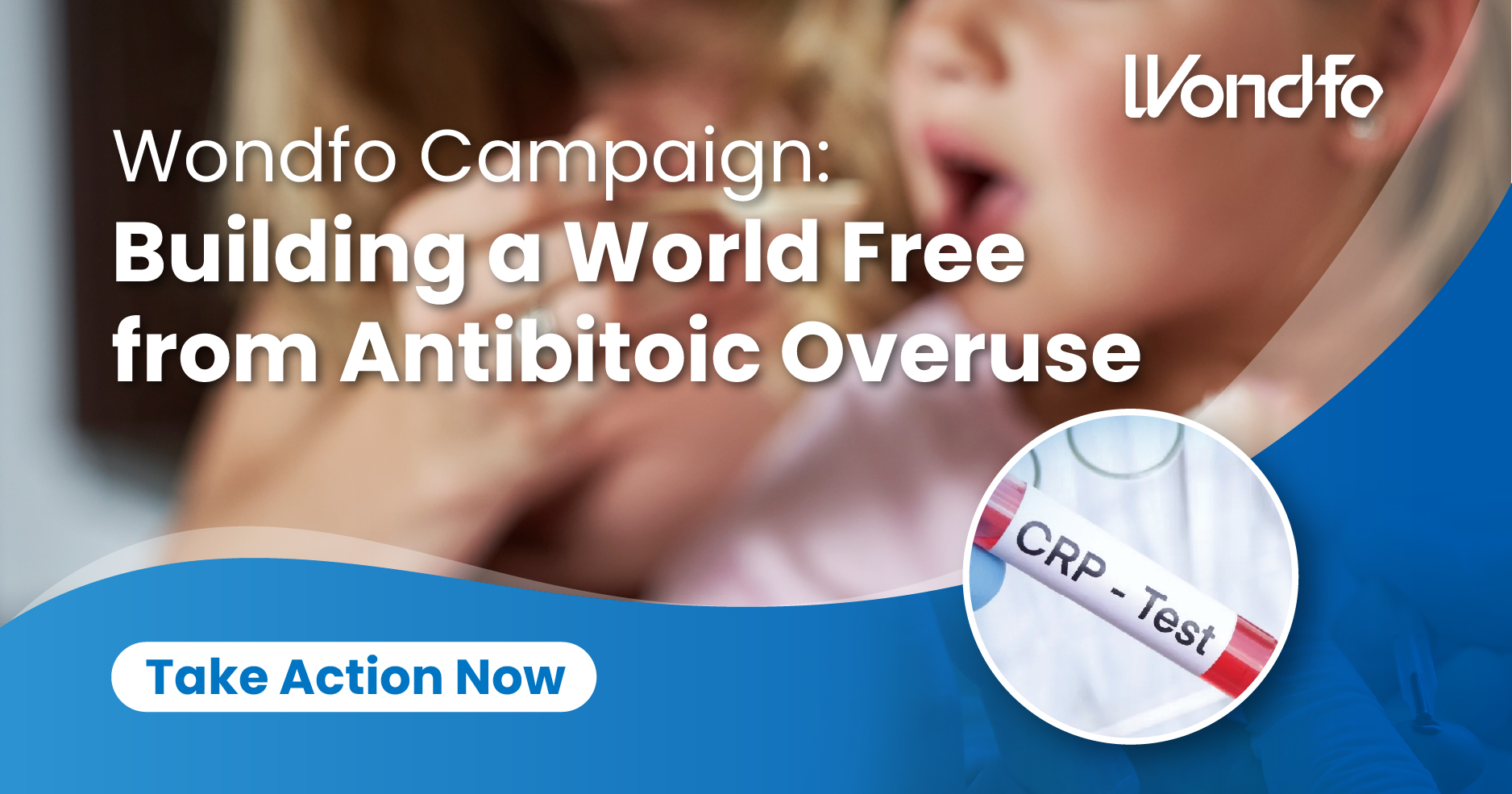 Building A World Free from Antibitoic Overuse
Building A World Free from Antibitoic Overuse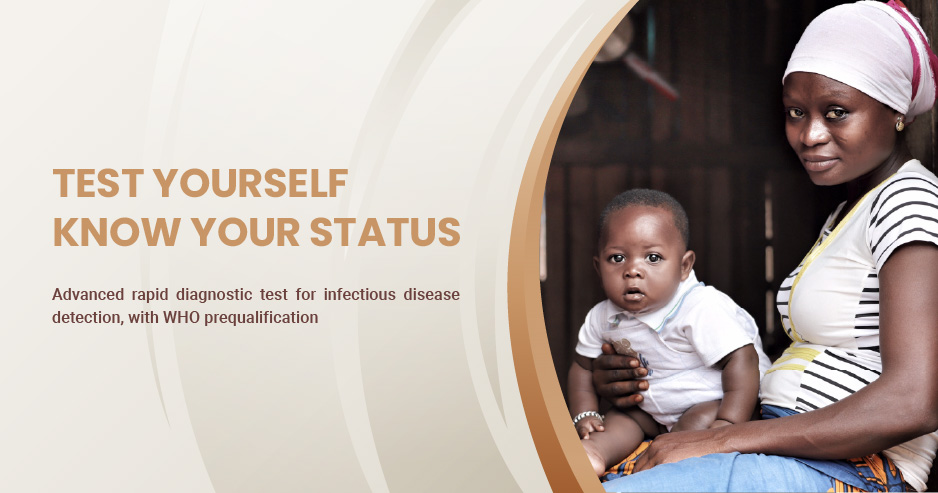 Advanced rapid diagnostic test with WHO prequalification for infectious disease
Advanced rapid diagnostic test with WHO prequalification for infectious disease The Future Intelligent Medical Assistant to Healthcare
The Future Intelligent Medical Assistant to Healthcare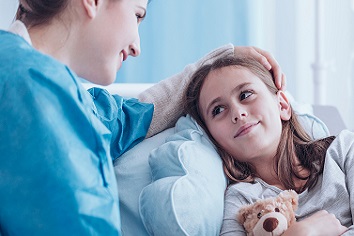 Fight against the pandemic through continuous innovation
Fight against the pandemic through continuous innovation


















